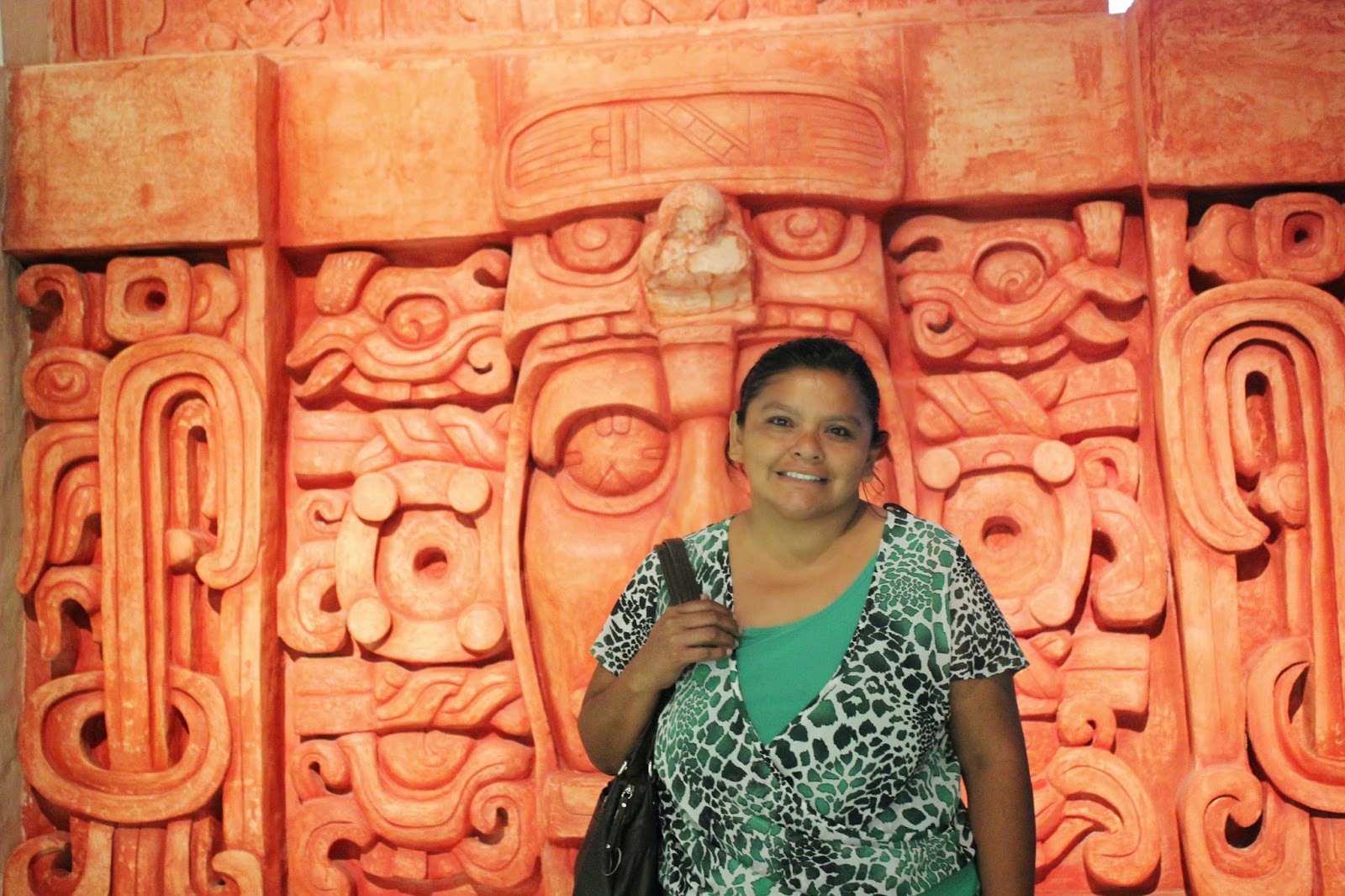And thus, all my pre-trip research had gotten it wrong; there are many Maya, 2012 was not the end of the world, and the Mayan civilizations were not socialist. Then what, I thought, is the real story of the Yucatec Maya?
I started my current line of questioning at the beginning; seeing the ruins for myself. From Xcambo, to Dzibilchaltun, and finally to Uxmel, I think I'm beginning to learn an accurate thing or two. The research of ruins will culminate with two stops next week in Chichen Itza and Tulum. By then, I hope to know what I'm seeing without being told by a guide.
Uxmal, Yucatán
Next, I asked the people. I quickly learned a few key last names (Cen, Couoh, Kú) signify Maya. These are not just the decedents of the Yucatec Maya (who built the ruins I've been looking at) but includes all the current sects of Maya who speak the Yucatec Maya language today and keep many of the traditions. I still have a lot to learn about the different Maya sects and provinces.
I have also found some common trends, at least among the Maya of the Yucatán. I have heard many time about being sure to feed the Alux - a mystical being who guards your garden. Everyone knows that March 21 is the solstice and you can see a snake in the stairs of Chichen. But most of these same people (actually everyone I asked) have never actually been to Chichen. (And it's only about a 2 hour drive away).
As I continued along my Maya educational journey, I went to a first rate museum (as I am a museum-goer in every city). The Gran Museo del Mundo Maya (Great Museum of the Maya World) covers the history of a local people. And, not only did I get to take in as much learning and history of Maya as I could stand in one morning, I was accompanied by my new friend, Proyecto Itzaes library supporter Veronika. Vero, who lives in Chicxulub Pueblo about 40 minutes from the museum, had never been. She was enthralled; Vero is Maya afterall. And while Vero's parents speak Yucatec Maya (which is a language option throughout the entire museum), she does not. Vero knew many things about the history and tradition of the Yucateco Maya, but she told me afterward she learned a lot at the museum.
Vero in the Gran Museo del Mundo Maya in Mérida, Yucatán
To learn more about Maya legends, I recommend this website: http://www.jaguar-sun.com/links.html













